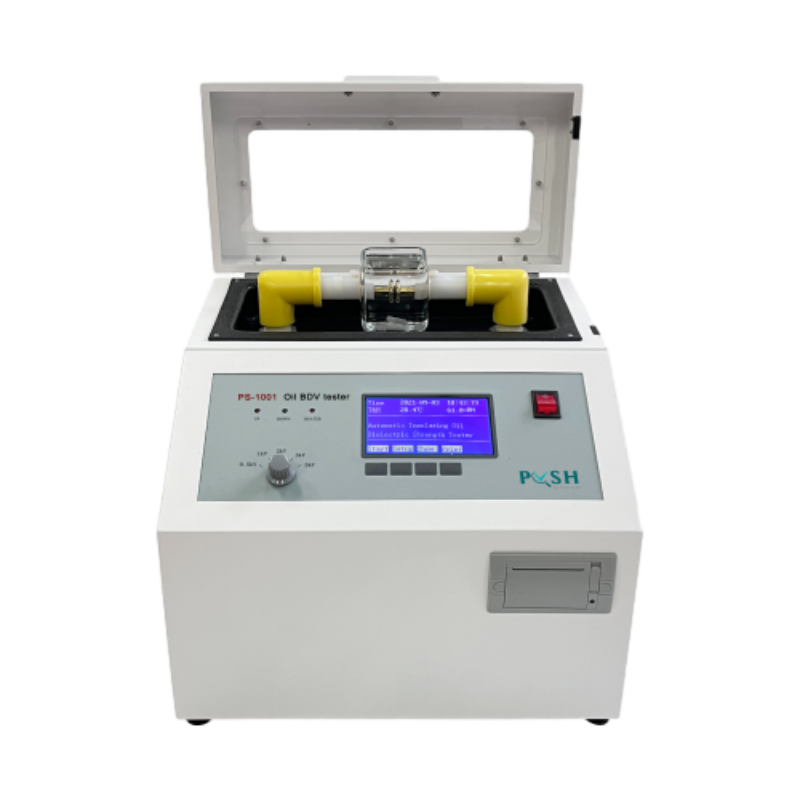 English
English



-
 Afrikaans
Afrikaans -
 Albanian
Albanian -
 Amharic
Amharic -
 Arabic
Arabic -
 Armenian
Armenian -
 Azerbaijani
Azerbaijani -
 Basque
Basque -
 Belarusian
Belarusian -
 Bengali
Bengali -
 Bosnian
Bosnian -
 Bulgarian
Bulgarian -
 Catalan
Catalan -
 Cebuano
Cebuano -
 China
China -
 China (Taiwan)
China (Taiwan) -
 Corsican
Corsican -
 Croatian
Croatian -
 Czech
Czech -
 Danish
Danish -
 Dutch
Dutch -
 English
English -
 Esperanto
Esperanto -
 Estonian
Estonian -
 Finnish
Finnish -
 French
French -
 Frisian
Frisian -
 Galician
Galician -
 Georgian
Georgian -
 German
German -
 Greek
Greek -
 Gujarati
Gujarati -
 Haitian Creole
Haitian Creole -
 hausa
hausa -
 hawaiian
hawaiian -
 Hebrew
Hebrew -
 Hindi
Hindi -
 Miao
Miao -
 Hungarian
Hungarian -
 Icelandic
Icelandic -
 igbo
igbo -
 Indonesian
Indonesian -
 irish
irish -
 Italian
Italian -
 Japanese
Japanese -
 Javanese
Javanese -
 Kannada
Kannada -
 kazakh
kazakh -
 Khmer
Khmer -
 Rwandese
Rwandese -
 Korean
Korean -
 Kurdish
Kurdish -
 Kyrgyz
Kyrgyz -
 Lao
Lao -
 Latin
Latin -
 Latvian
Latvian -
 Lithuanian
Lithuanian -
 Luxembourgish
Luxembourgish -
 Macedonian
Macedonian -
 Malgashi
Malgashi -
 Malay
Malay -
 Malayalam
Malayalam -
 Maltese
Maltese -
 Maori
Maori -
 Marathi
Marathi -
 Mongolian
Mongolian -
 Myanmar
Myanmar -
 Nepali
Nepali -
 Norwegian
Norwegian -
 Norwegian
Norwegian -
 Occitan
Occitan -
 Pashto
Pashto -
 Persian
Persian -
 Polish
Polish -
 Portuguese
Portuguese -
 Punjabi
Punjabi -
 Romanian
Romanian -
 Russian
Russian -
 Samoan
Samoan -
 Scottish Gaelic
Scottish Gaelic -
 Serbian
Serbian -
 Sesotho
Sesotho -
 Shona
Shona -
 Sindhi
Sindhi -
 Sinhala
Sinhala -
 Slovak
Slovak -
 Slovenian
Slovenian -
 Somali
Somali -
 Spanish
Spanish -
 Sundanese
Sundanese -
 Swahili
Swahili -
 Swedish
Swedish -
 Tagalog
Tagalog -
 Tajik
Tajik -
 Tamil
Tamil -
 Tatar
Tatar -
 Telugu
Telugu -
 Thai
Thai -
 Turkish
Turkish -
 Turkmen
Turkmen -
 Ukrainian
Ukrainian -
 Urdu
Urdu -
 Uighur
Uighur -
 Uzbek
Uzbek -
 Vietnamese
Vietnamese -
 Welsh
Welsh -
 Bantu
Bantu -
 Yiddish
Yiddish -
 Yoruba
Yoruba -
 Zulu
Zulu
manual tap changer transformer
Manual Tap Changer Transformers An Overview
Manual tap changer transformers are essential components in electrical power systems, primarily used to regulate voltage levels and ensure efficient power transmission and distribution. With the increasing demand for electrical energy and the complexity of modern power systems, the role of these transformers has become more critical than ever.
At its core, a manual tap changer transformer is designed to adjust the transformer’s turns ratio. This adjustment enables operators to change the voltage levels at which the transformer operates, ensuring that the output voltage remains within the desired range during varying load conditions. The construction of these transformers typically includes a primary winding, a secondary winding, and a tapping mechanism that allows for the change in the number of turns of the winding in use.
The manual tap changer operates on a basic principle by physically altering the winding connections, it can effectively increase or decrease the voltage output. While automatic tap changers have gained popularity due to their ability to make real-time adjustments without human intervention, manual tap changers are still widely used in applications where precise control and stability are required. They are often found in smaller substations or in situations where the load conditions are predictable.
manual tap changer transformer

One of the key advantages of manual tap changer transformers is their simplicity. Unlike automatic systems, which can be complex and require intricate control systems, manual tap changers are often more straightforward in design and operation. This makes them easier to maintain and repair. Additionally, they are typically less expensive than their automatic counterparts, making them a cost-effective solution for many applications.
However, the use of manual tap changers does come with some drawbacks. The primary disadvantage is that they require human intervention to adjust the taps. This means that operators must regularly monitor the system and manually adjust the tap positions based on load changes, which can lead to increased labor costs and the potential for human error. Furthermore, frequent adjustments can cause wear and tear on the mechanical components of the tap changer, leading to maintenance challenges over time.
In terms of applications, manual tap changer transformers are found in various settings, including industrial plants, commercial buildings, and utility networks. They are vital in scenarios where the load conditions are stable and predictable. For example, in certain manufacturing processes with consistent power requirements, manual tap changers can provide the necessary voltage adjustments with minimal oversight.
In conclusion, while the trend in modern power systems leans toward automation and smart technologies, manual tap changer transformers still hold significant value in specific applications. Their reliability, cost-effectiveness, and straightforward operational requirements make them a practical choice in settings where precise voltage control is essential. As the energy landscape continues to evolve, understanding and utilizing these transformers remains a critical aspect of efficient power management.
-
Testing Equipment Industry Sees Major Advancements in 2025: Smart & Precision Technologies Lead the WayNewsJun.06,2025
-
Applications of Direct Current Generators in Renewable Energy SystemsNewsJun.05,2025
-
Hipot Tester Calibration and Accuracy GuidelinesNewsJun.05,2025
-
Digital Circuit Breaker Analyzer Features and BenefitsNewsJun.05,2025
-
Benefits of Real-Time Power Quality Monitoring Devices for Industrial EfficiencyNewsJun.05,2025
-
Earth Fault Loop Testing in High-Rise Building Electrical SystemsNewsJun.05,2025



